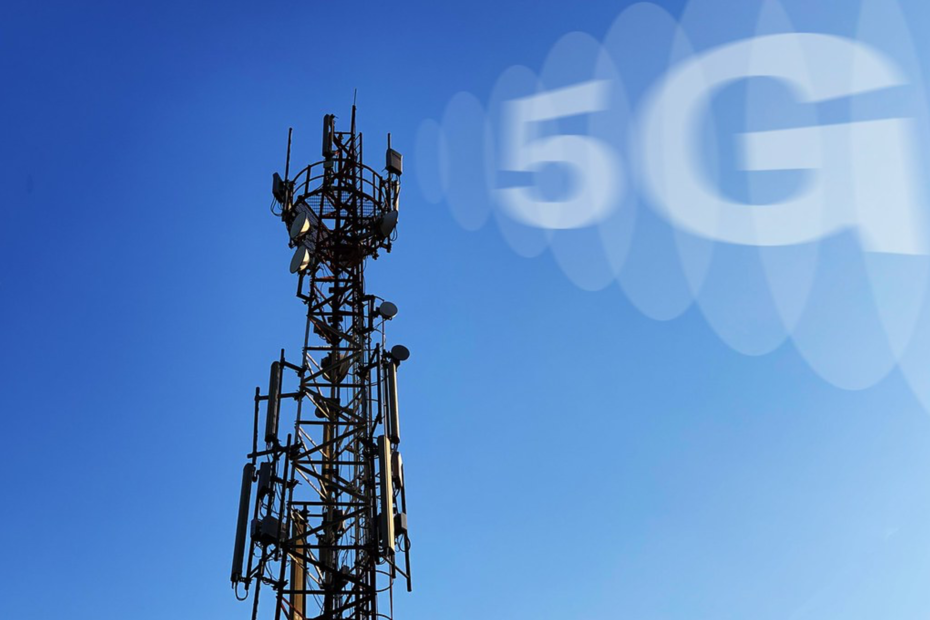The deployment of 5G technology is set to revolutionize telecommunications, offering unprecedented data speeds, ultra-low latency, and the capacity to connect billions of devices seamlessly. This advancement is poised to significantly impact data centers, driving increased demand and necessitating substantial infrastructure adaptations.
Escalating Data Center Demand
5G’s enhanced capabilities are expected to exponentially increase data generation. With speeds up to 10 gigabits per second and latency as low as one millisecond, 5G enables real-time applications such as autonomous vehicles, augmented reality, and the Internet of Things (IoT). These applications require rapid data processing and storage, leading to a surge in demand for data center services. Industry reports indicate that in the first quarter of 2024 alone, 807.5 megawatts of new data center capacity were brought online, marking a 24.4% year-over-year growth.
Infrastructure Adaptations
To accommodate the demands of 5G, data centers must undergo significant infrastructure changes:
- Edge Computing Integration: 5G’s low-latency requirements necessitate processing data closer to its source. This shift is driving the deployment of edge data centers, which handle data locally, reducing the need to transmit information to centralized facilities. This approach enhances efficiency and supports real-time applications.
- Network Architecture Evolution: The traditional centralized data center model is evolving into a more distributed architecture. This change supports the massive connectivity and bandwidth demands of 5G, ensuring reliable and efficient data transmission.
- Energy Efficiency Enhancements: The increased data processing associated with 5G leads to higher energy consumption. Data centers are adopting energy-efficient technologies and sustainable practices to mitigate environmental impacts.
Economic Implications
The deployment of 5G is not only a technological advancement but also an economic catalyst. It is expected to create substantial job opportunities and contribute significantly to GDP growth. Regions with robust technology sectors are poised to benefit the most, experiencing immediate growth as 5G networks are established and new services emerge.
Challenges and Considerations
Despite its benefits, the integration of 5G presents challenges:
- Infrastructure Investment: Upgrading existing data centers and building new facilities require significant capital investment. Operators must balance these costs with the anticipated benefits of 5G.
- Security Concerns: The expanded attack surface resulting from increased connectivity necessitates robust cybersecurity measures to protect sensitive data.
- Regulatory Compliance: Data centers must navigate complex regulatory environments, ensuring compliance with data privacy and security standards across different regions.
Conclusion
The rollout of 5G is reshaping the data center landscape, driving demand and prompting essential infrastructure transformations. By embracing edge computing, evolving network architectures, and prioritizing energy efficiency, data centers can effectively support the expansive capabilities of 5G. This evolution not only enhances technological performance but also stimulates economic growth, underscoring the integral role of data centers in the 5G era.
As the demand for 5G-enabled services grows, having a skilled workforce is crucial. WBE offers specialized training programs to equip professionals with the expertise needed in this evolving field. Our courses include:
- 5G Network Architecture and Design
- Edge Computing Implementation Strategies
- Data Center Energy Efficiency Best Practices
Partner with WBE to hire professionals trained in the latest 5G and data center technologies. Contact us today to build a team ready to meet the demands of the future.
